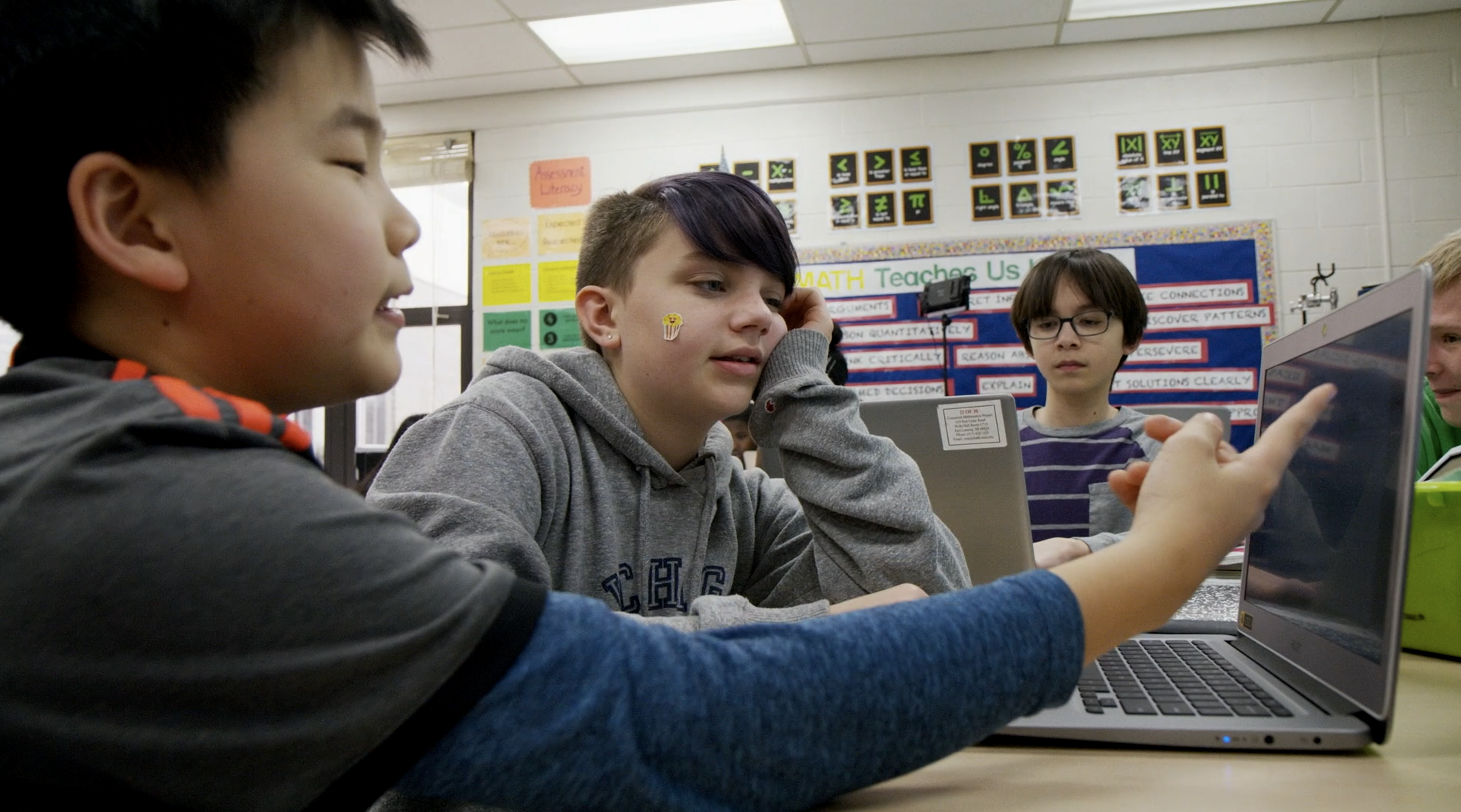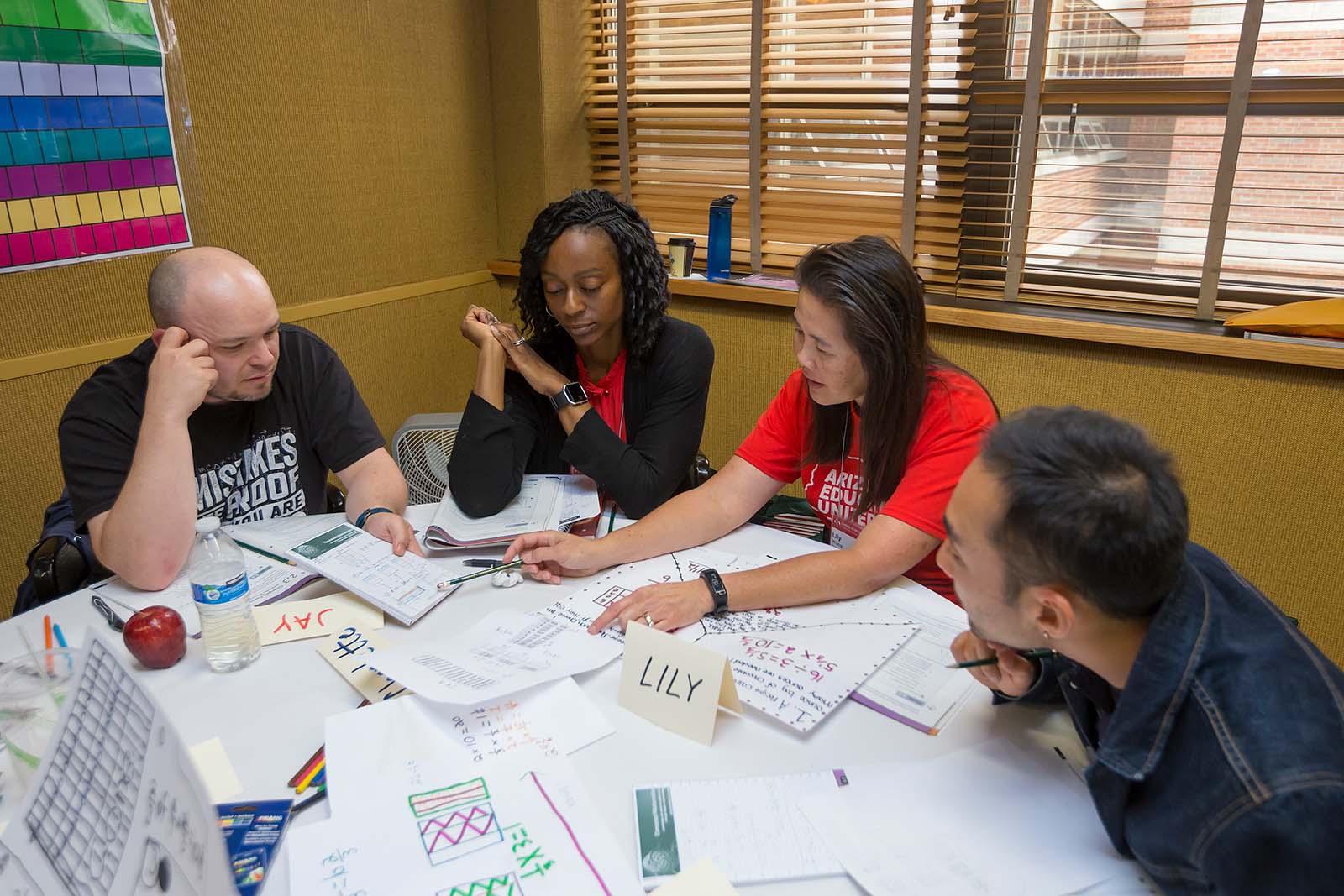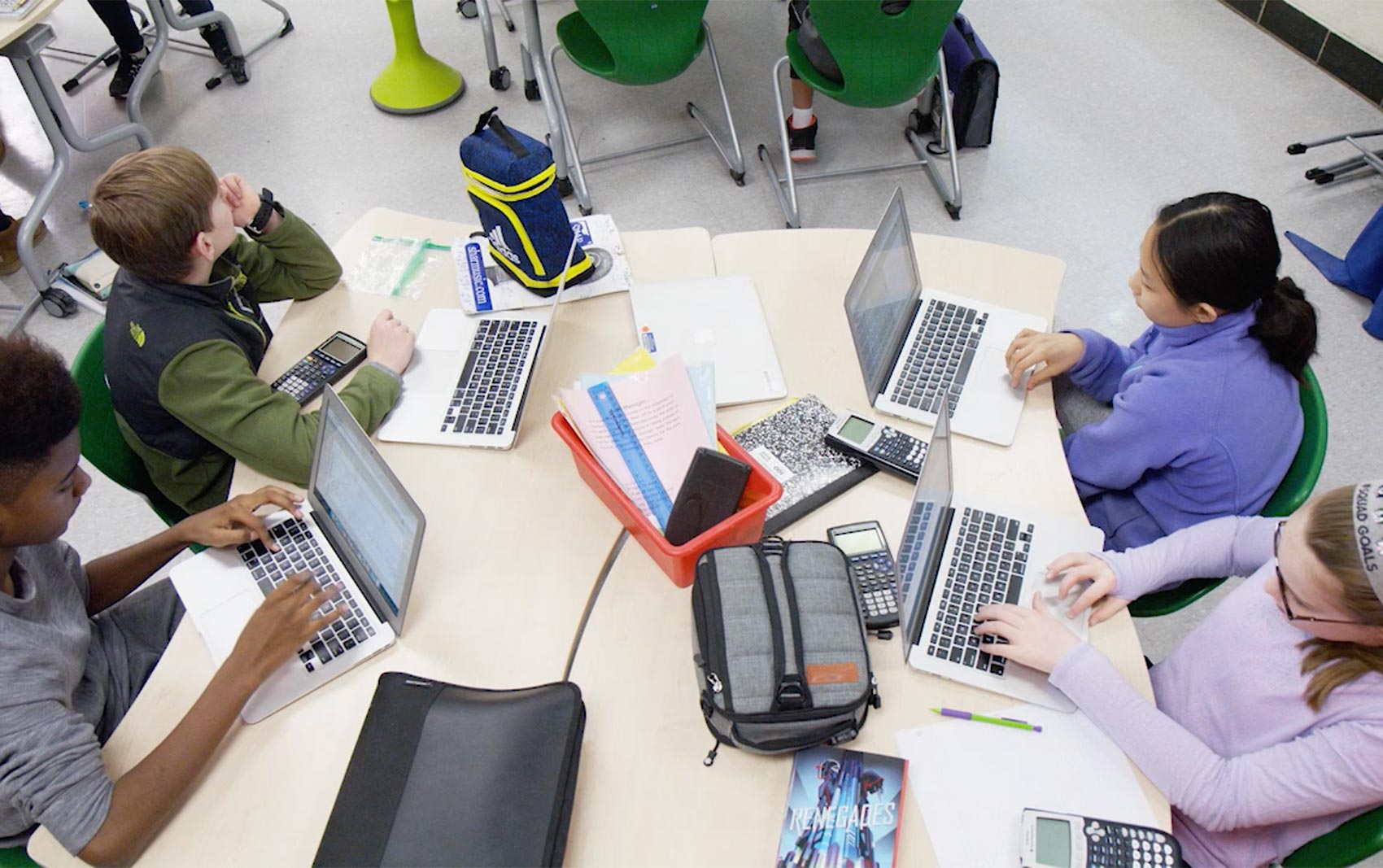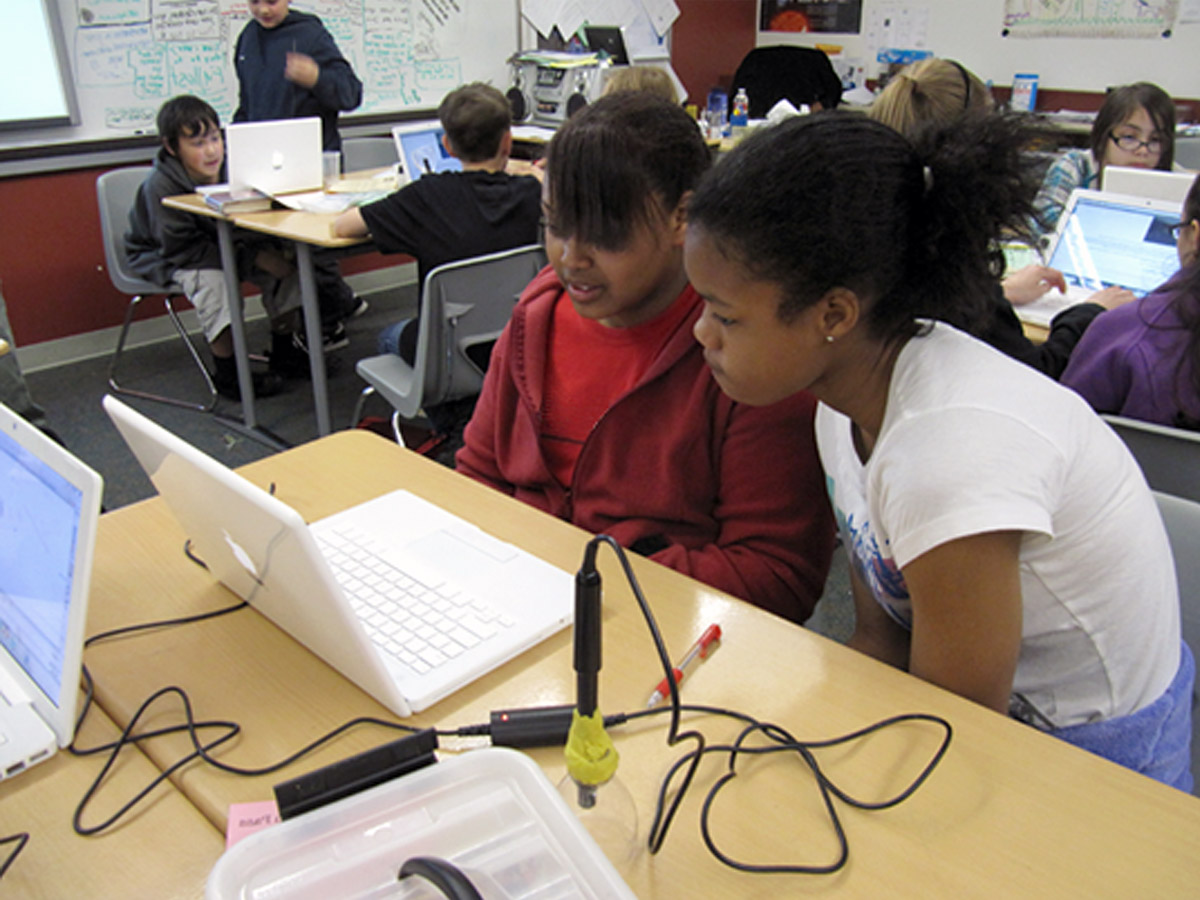Digital Inscriptions 2
Importance
Supporting and studying student learning, discourse, and collaboration in technology-enhanced classrooms is a significant challenge. New methodologies are needed to capture, document, coordinate, and analyze student artifacts produced in mathematics classrooms. Inscriptions, which include not only the content of students’ mathematical responses to the curriculum but also the collaborative contributions of group members and teachers, can be captured with one-to-one laptops using a digital collaborative environment.
This project is leveraging and extending a STEM-specific collaborative digital learning environment that embeds the Connected Mathematics Project materials, a rich, problem-based middle grades mathematics curriculum. Building on prior work, this project allows students to develop and use digital mathematics notebooks across a full yearlong seventh grade course.
As students engage in mathematical problem-solving, they are able to record their predictions and noticings about mathematics problems as well as solution strategies and answers that include individual, publicly shared, and co-constructed group inscriptions. They can also capture whole-class artifacts with embedded work from small groups, class gallery walks, and class summaries in digital notebooks that persist over time.
The online CLUE (Collaborative Learning User Environment) platform automatically logs every action and sequence of events as students collaborate in problem-based learning. A key project innovation is the use of learning analytics—a multi-disciplinary effort involving machine learning, information processing and retrieval, and statistics and visualizations—to enable students to reflect on their work as they engage in proportional reasoning, a key mathematical idea across the seventh grade curriculum.
Research
In this design research project, we are designing, developing, and investigating how the use of problem-based learning analytics in a digital collaborative environment can foster and encourage individual and collaborative problem-based mathematics engagement and learning over time. Research is guided by the following questions:
- What design characteristics of problem-based learning analytics embedded in digital mathematics notebooks help students with their developing understandings of mathematics?
- To what extent do problem-based learning analytics impact students’ individual and collaborative engagement and the resulting artifacts that are produced in their digital notebooks?
- What influence does student collaborative engagement and the resulting class artifacts that are produced have on the nature of student reflections on their learning of big mathematical ideas?
Publications
- Edson, A. J., Fabry, A., Kohar, A. W., Bondaryk, L., & Phillips, E. D. (2024). Addressing design challenges when integrating machine learning with a digital annotation system to examine student proportional reasoning. Digital Experiences in Mathematics Education.
- The Concord Consortium (2024). Teacher innovator interview: Marian murembya. @Concord, 28(1), 15.






